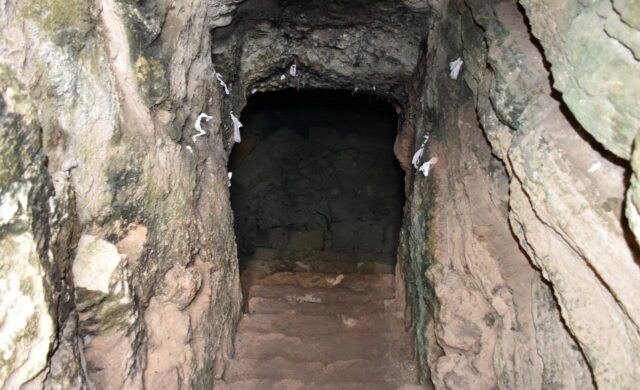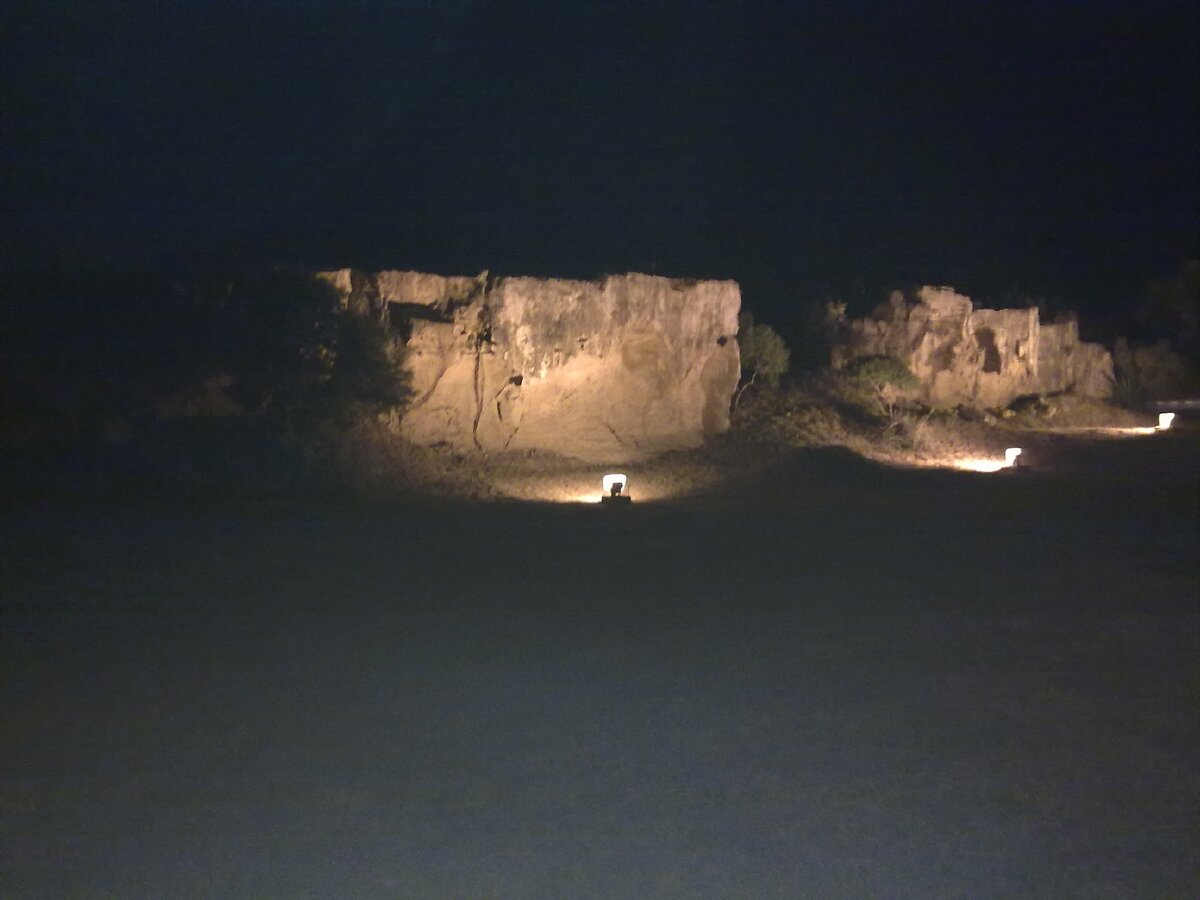The Catacombs of Saint Solomoni are one of the most revered Christian sites in Cyprus and a unique archaeological site that combines history, religion, and folk traditions. Located in the heart of Paphos, this underground church is considered one of the island’s first Christian sanctuaries and a symbol of spiritual resilience.

Contents
- 1 Historical origins of the shrine
- 2 Architectural features of the catacombs
- 3 Underground chapel and holy spring
- 4 Legends and religious traditions
- 5 Archaeological research
- 6 The modern significance of the catacombs
- 7 Symbolism and spiritual atmosphere
- 8 How to get there
- 9 Rules of conduct for visitors
- 10 Spiritual heritage and cultural value
Historical origins of the shrine
The Catacombs of Saint Solomonia date back to the early Christian period, approximately the second to third centuries CE. Initially, they served as a burial place for local believers who hid during the persecution of Christians. Later, the catacombs were converted into a chapel dedicated to Saint Solomonia, a woman who became a symbol of faith and maternal heroism.
According to legend, Solomonia was from Judea and the mother of seven sons, who were tortured for refusing to worship pagan gods. After their execution, Solomonia refused to renounce her faith and died a martyr’s death. Byzantine Christians venerated her as a saint, and it was in her honor that this underground temple was consecrated.
Architectural features of the catacombs
The catacombs are a complex of underground chambers carved into soft limestone rock. The entrance to the sanctuary is located along the road leading from the tourist area of Kato Paphos to the archaeological park. Descending the stone steps, visitors enter a cool underground space, where an atmosphere of ancient tranquility reigns.
The main hall served as a place of worship. Its walls are decorated with the remains of frescoes from the Byzantine period—depictions of crosses, saints, and symbolic ornaments. Narrow corridors branch off from the main room, leading to small niches—the burial places of the first Christians. One of the chambers still contains an altar carved from a single stone.
Underground chapel and holy spring
Of particular significance in the catacombs is a small chapel located deep within the complex. It houses a well believed to be a miraculous spring. Its water has long been used by pilgrims for washing and healing. Locals believe it helps with eye ailments and strengthens faith.
The chapel’s walls retain inscriptions and ancient crosses left by pilgrims from various eras. Some of these date back to the early Middle Ages. Despite numerous restorations, the underground space has retained its original appearance and atmosphere.

Legends and religious traditions
The Catacombs of Saint Solomonia are surrounded by many legends. According to one, the saint herself hid in these dungeons with her fellow believers, fleeing Roman persecution. Another version claims that the catacombs were the site of secret Christian gatherings during the period when the faith was banned.
Above the catacombs, right at the entrance, grows an ancient ficus tree, over five centuries old. It is believed that if you tie a piece of cloth to its branches and pray sincerely, your wish will come true. This tradition has survived to this day: the tree’s branches are covered with thousands of colorful ribbons left by pilgrims from all over the world.
Archaeological research
The first systematic study of the catacombs began in the 19th century. British and Cypriot archaeologists established that the complex indeed dates to the early Christian period and shares features with underground sanctuaries in Palestine and Asia Minor. Remains of clay lamps, fragments of amphoras, crosses, and ceramic vessels were found.
In the 20th century, restoration work was carried out to strengthen the vaults and preserve the frescoes. Today, the catacombs are under the protection of the Cyprus Department of Antiquities and are open to visitors year-round.
The modern significance of the catacombs
The Sanctuary of Saint Solomonia combines Christian spirituality with elements of folk veneration. Prayers, weddings, and baptisms are held here. Hundreds of believers flock here on Saint Solomonia’s feast day, celebrated in May. Sellers of candles, icons, and flowers gather at the entrance, and liturgies are held inside.
The site is revered not only by Orthodox Christians but also by Catholics—it symbolizes the common roots of Christianity and serves as a bridge between different faiths. For the residents of Paphos, the catacombs are not just a landmark, but a living part of the city’s cultural heritage.
Symbolism and spiritual atmosphere
A visit to the catacombs is a powerful experience. The underground halls are filled with the scent of incense, and the silence is broken only by the clinking of candles and the whispered prayers. Many people come here not for the tour, but for inner peace and hope.
The figure of Saint Solomonia has become a symbol of feminine strength and resilience in the face of adversity. For pilgrims from all over the world, the catacombs are a place to turn to the saint with prayers for family, health, and faith.

How to get there
The catacombs are located in the tourist area of Kato Paphos, within walking distance of the harbor and archaeological park. A bus stop is nearby, and parking is available. Admission is free, and the temple is open daily from morning until evening. In summer, it is recommended to visit the shrine in the morning, when the temperature underground is most comfortable.
Rules of conduct for visitors
When visiting the catacombs, it is important to maintain respect for the sacred site. Loud talking, flash photography, and touching the frescoes are prohibited. Candles and ribbons for the tree can be purchased at the entrance. Women are advised to wear a hat, and men are advised to avoid wearing beachwear.
Spiritual heritage and cultural value
The Catacombs of Saint Solomonia are a rare example of the combination of an archaeological site and a living shrine. Here, eras merge: antiquity, Byzantium, and modern times. This underground temple preserves not only historical memory but also living spiritual significance.
For tourists, the catacombs are a must-see, and for Cypriots, they are part of their cultural identity and a symbol of their loyalty to tradition.
The Catacombs of Saint Solomonia are a place where time seems to stand still. Their stone walls preserve the memory of the first Christians and of the faith that has endured through the centuries. This is not just a historical monument, but a living shrine, uniting people of different cultures and beliefs.
A visit to the catacombs offers not only an introduction to the history of Cyprus, but also a spiritual experience—a glimpse into eternal values that remain relevant to this day.
















